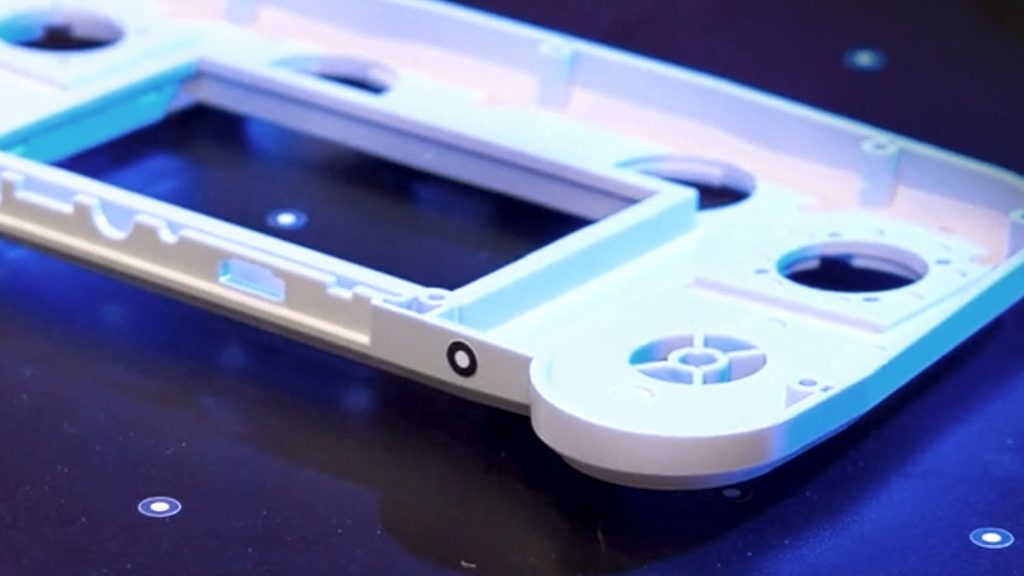The reverse engineering process provides insight into how exactly a part, product, or tool was designed. The main goal of reversing a hardware design process is to duplicate a part or component and thus replace a single element instead of the whole device. Such a sustainable approach can be a major time and money saver, whether we’re talking about massive ship turbines or collector’s items, like miniature model cars. That’s why 3D scanning has recently gained traction beyond major industrial production, with startups and hobby enthusiasts.
Of course, reverse engineering requires accuracy. But that doesn’t mean it has to be complicated. The first step is acquiring the scan data of the part you’d like to analyze, which can then be turned into a CAD.
In the following video, our application designer Josh explains three methods of scanning, beginning with a symmetrical shape: a game controller.
ZEISS REVERSE ENGINEERING: How to transform your 3D scans into CAD models
Meet Josh and let him show you how to transform your 3D scans into CAD models using the software ZEISS REVERSE ENGINEERING. Wether you want to reverse engineer a geometrical part, a freeform shaped part or an organic shaped part – Josh gives you a quick introduction to each task, from scanning to obtaining a CAD model.
All functions shown are available in the current software version.
Got any questions on 3D scanning? Contact us via support@HandsOnMetrology.com
The demonstration of ZEISS Reverse Engineering shows how easy it can be to create CAD files, and how powerful the combination of hardware and technically sophisticated software can be. Our tip for those who are just getting started:
All our solutions get you there, but if you're a beginner, GOM Scan 1 is a perfect fit for sure.
Josh Span, Application Engineer
Whatever the shape – geometrical, free form, or organic – with ZRE, you’re good to go. You can easily create CAD files from polygon meshes or point clouds, which you can then use for printing, storing or reshaping, all within a guided workflow.
Today, 3D surface models also serve as data input for VR applications and open up new possibilities. The more reverse engineering is used with new technologies, the more fields of application can be discovered by passionate engineers – and even 3D scan beginners – equipped with new ideas and smart solutions.

